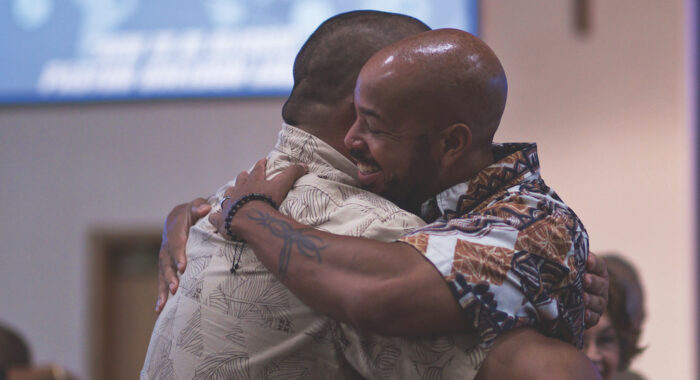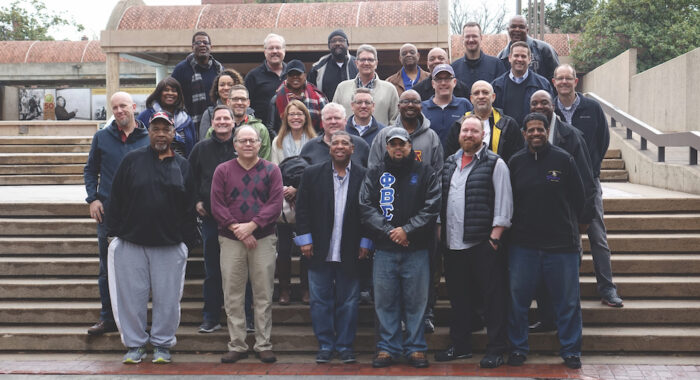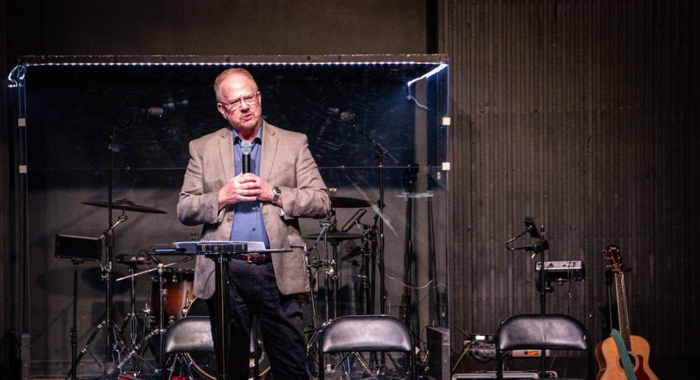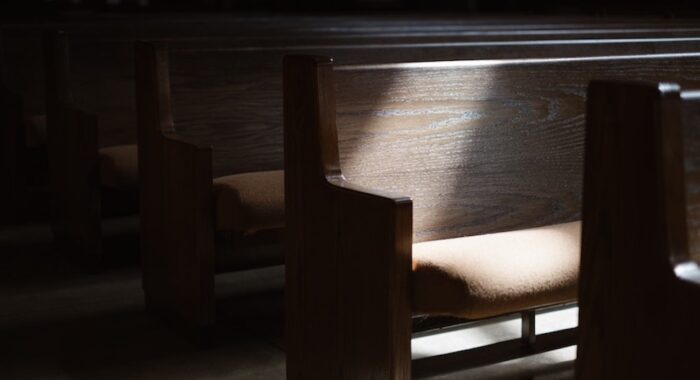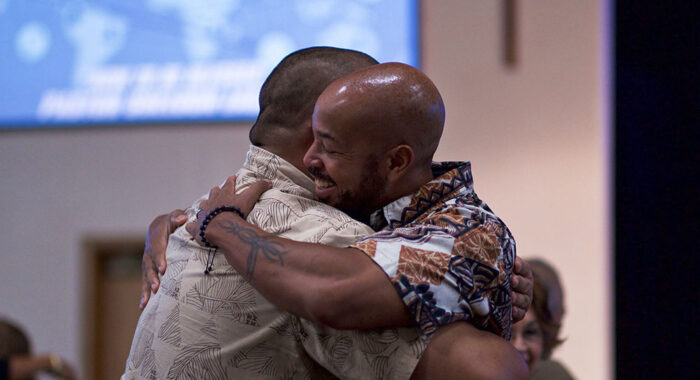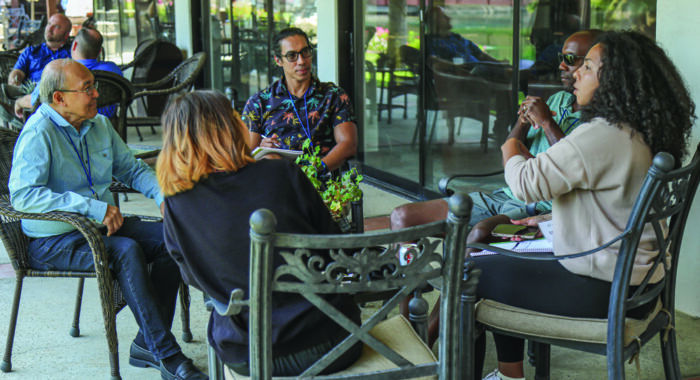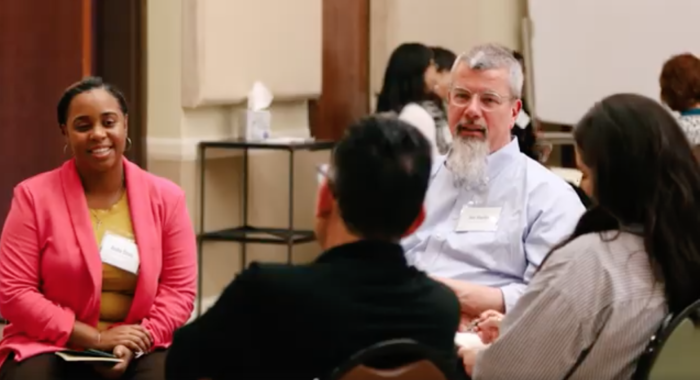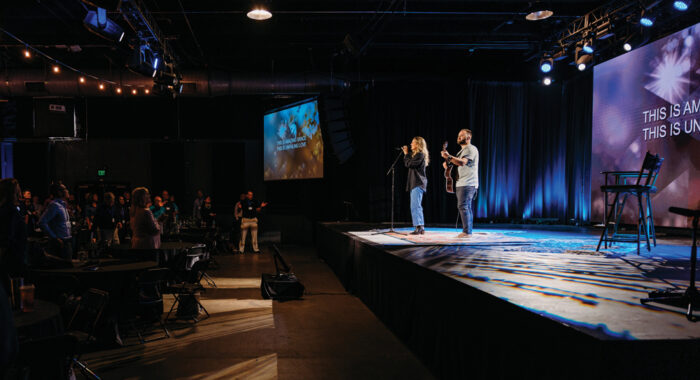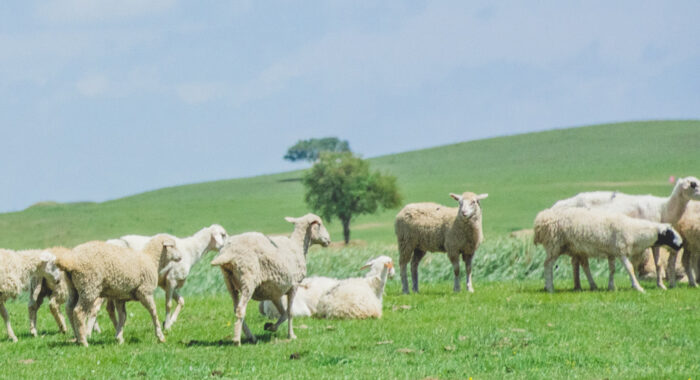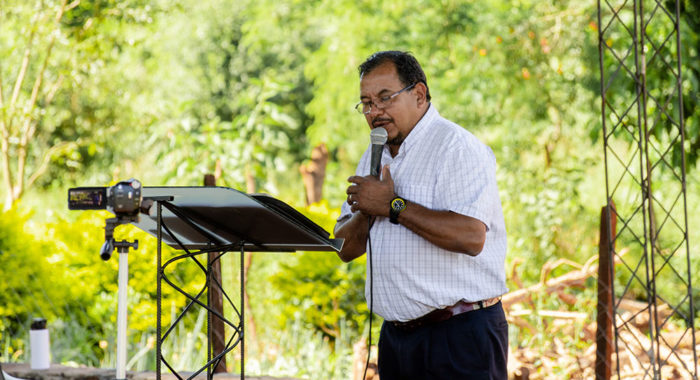Rural is most of America if you measure by land — 72 percent of the land area of the United States belongs to rural counties.
Rural is only 15 percent of America if you measure by population in rural counties — 46.2 million out of 308 million population. But, 46 million is 8 million more than the population of California and nearly twice the population of Texas and 26 million more population than either New York or Florida. In other words, there are a lot of people living in rural America.
The Census Bureau has a curious way of deciding who is rural and who is not. Urban is defined as one or more cities of 50,000+ with adjacent integrated areas. Rural is defined as anywhere that isn’t urban.
Towns of less than 10,000 that are county seats or have the local schools and hospitals can have resources and culture more like larger cities. Minnesota has 87 counties, which makes for a lot of county seat towns. Arizona has 15 counties, which makes for fewer county seats and more decentralized communities.
But, there are also cultural differences shaped by type of industry, population growth or decline, age of population, ethnic and racial diversity, education levels, job opportunities and more. Towns with industry and jobs keep young adults better than towns with few employment opportunities. Rural agricultural areas are declining in population while rural tourist areas are growing in population.
Some of our stereotypes often miss the mark. Back roads through villages in upstate New York look really rural to me although many associate New York with urban cities. Fargo, North Dakota is a booming urban center in a state most Americans have never visited and assume to be all rural. A rural sociologist recently told me that only 5 percent of rural populations work in agriculture or agricultural related industry. He said that rural residents lock their doors at the same rates as urban residents. I would have gotten the answers wrong if asked about these statistics on a quiz.
Having grown up in America’s largest metropolitan area (New York) and pastored in a small Colorado city surrounded by sugar beet farms, I learned Paul’s principle in 1 Corinthians 9:22-23, “I have become all things to all people so that by all possible means I might save some. I do all this for the sake of the gospel, that I may share in its blessings.” He wrote different style letters to the citizens of urban Rome than to the spread out villagers of Galatia. To the urban he became urban and to the rural he became rural.
This article originally appeared in Evangelicals magazine.
Leith Anderson is president emeritus of the National Association of Evangelicals and pastor emeritus of Wooddale Church in Eden Prairie, Minnesota. He served as NAE president from 2007–2019, after twice serving as interim president. He served as senior pastor of Wooddale Church for 35 years before retiring in 2011. He has been published in many periodicals and has written over 20 books. Anderson has a Doctor of Ministry degree from Fuller Theological Seminary, and is a graduate of Moody Bible Institute, Bradley University and Denver Seminary.




 View All Articles
View All Articles 











